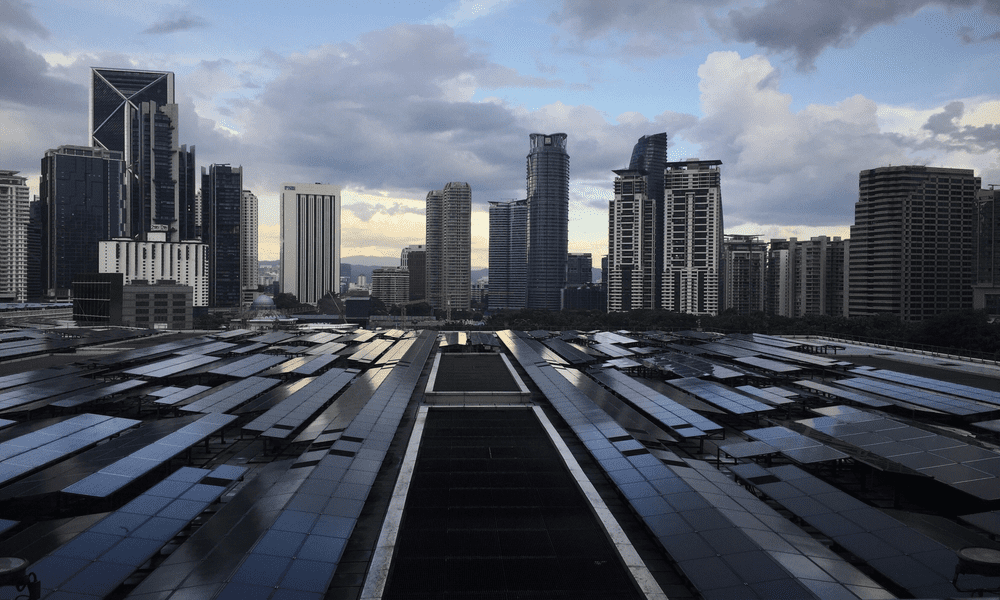Reducing Data Center Carbon Footprint

Data centers require a lot of energy to store and process data on their thousands of servers that run 24 hours a day, 365 days a week. This means that they emit an immense amount of carbon footprint. Data centers account for 2% of global electricity demand and 0.3% of the world's carbon emissions – with the number going even higher.
However, there is a need to reduce the carbon footprint of data centers. During the United Nations Climate Change Conference of 2021, concerns were tabled about the environmental impacts that data centers cause. The resolutions made included the reduction of energy and resource consumption of data centers and aiming to achieve a net-zero carbon emission.
Read on as we unravel some of the impacts that data centers have on climate change, what countries are doing about it and how the negative impacts can be eliminated.
What impacts do data centers have on climate change?
Data centers have a lot of impacts on climate change – with high energy consumption being the biggest. With the high data demand and transmission, many data centers use more energy than before. This amount of energy use from unsustainable sources leads to more climate change.
Furthermore, data centers produce heat which contributes to global warming and requires cooling. In most cases, water is used for cooling data center servers, wasting 25 million gallons for 1MW capacity data centers.
Data centers use very many servers which may get damaged or need upgrades. In such cases, these e-wastes collectively become a major problem because some cannot be recycled. This means that a lot has to go into ensuring data center e-waste is disposed of correctly.
What are the other countries doing about it?
Data centers around the world are demanding more and more energy every day. They are using more electricity than most large countries. A 2016 report shows that the total amount of energy used by data centers was 416.2 terawatt-hours – almost double Indonesia's yearly demand of 273.8 terawatt-hours.
This energy consumption has forced countries such as Britain and the entire European Union (EU) to enact green data center laws. The UN COP26 conference also proposed a regulation requiring data centers to be more sustainable and climate-neutral by 2050. This means that data centers will use less energy, produce a carbon footprint and help solve the climate change crisis.
How can we reduce negative impacts on our environment?
Whiles many countries have taken steps to limit the number of environmental impacts of data centers, there are some steps we can take to reduce these negative impacts.
- Advanced renewable fuel: Data centers can use renewable power sources like solar and wind to reduce the reliance on unsustainable energy sources.
- Better cooling techniques: As we saw earlier, cooling is also a major problem for data centers. Using better cooling techniques helps reduce carbon emissions.
- Use of better equipment: With the advancement of technology, data centers can use better equipment that takes up less energy and requires less cooling.
Data centers are the backbone of the internet and dire to technological advancements. However, they have many environmental impacts and cause a lot of pollution. Making data centers more sustainable reduces climate change and energy use.

















